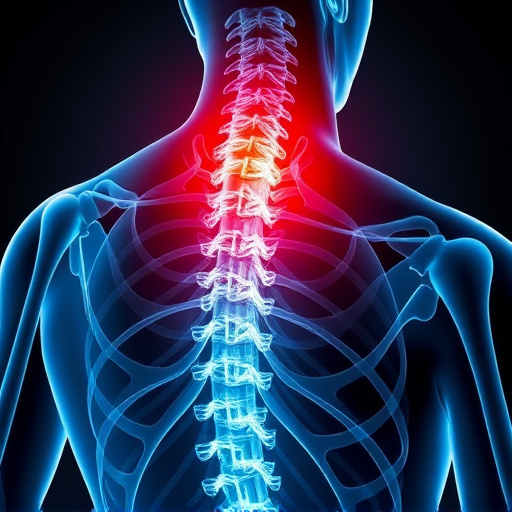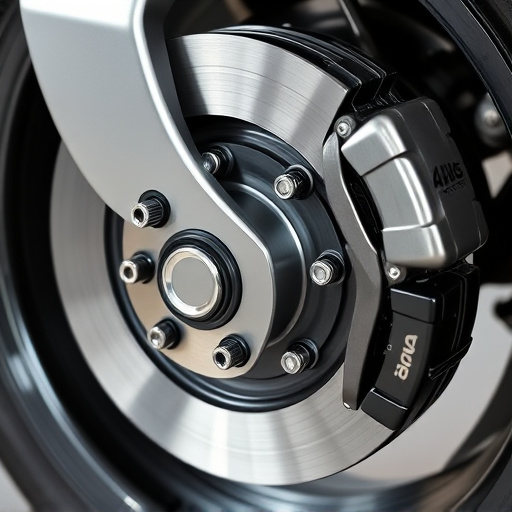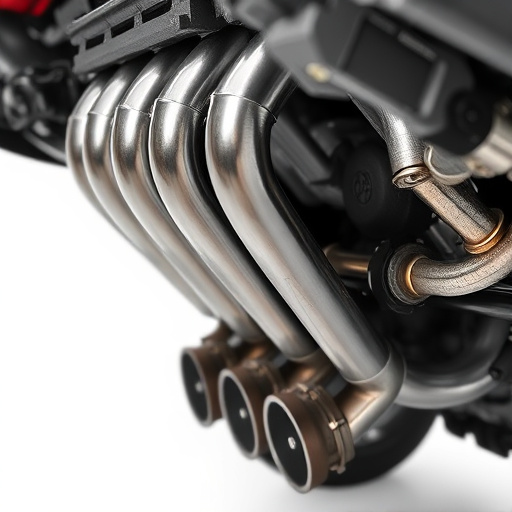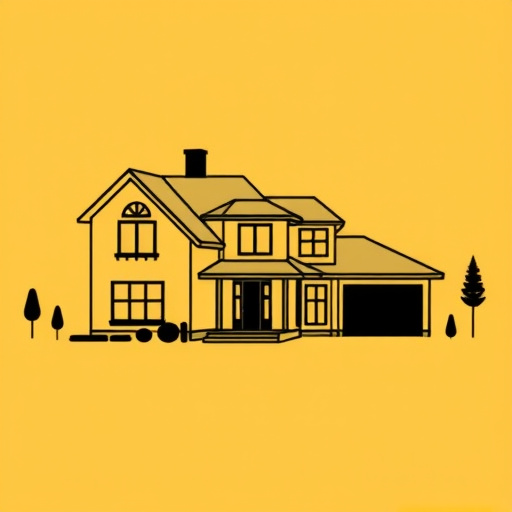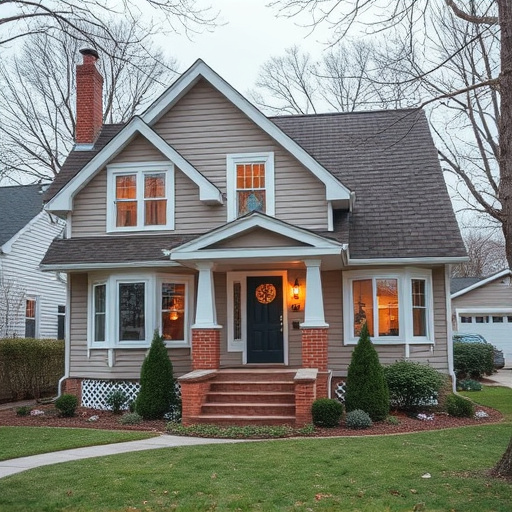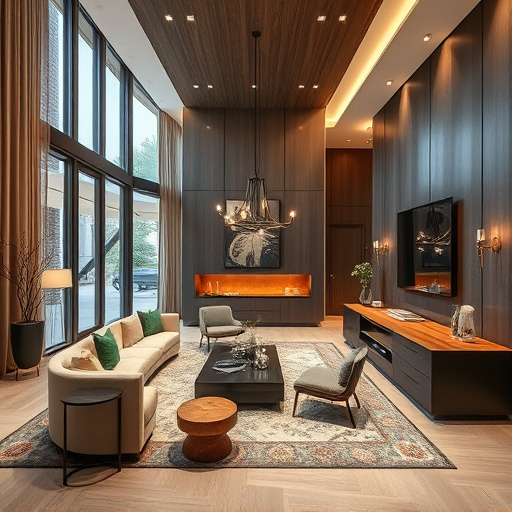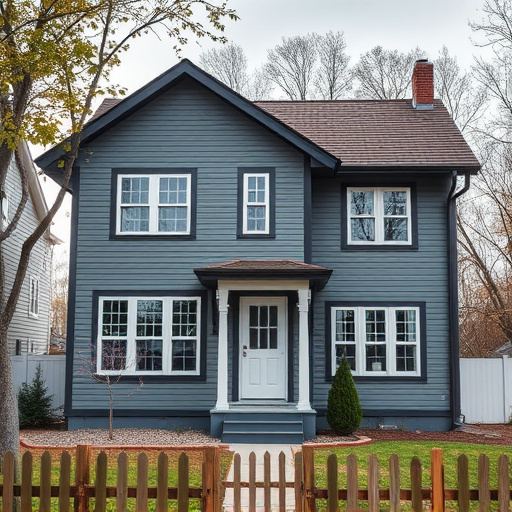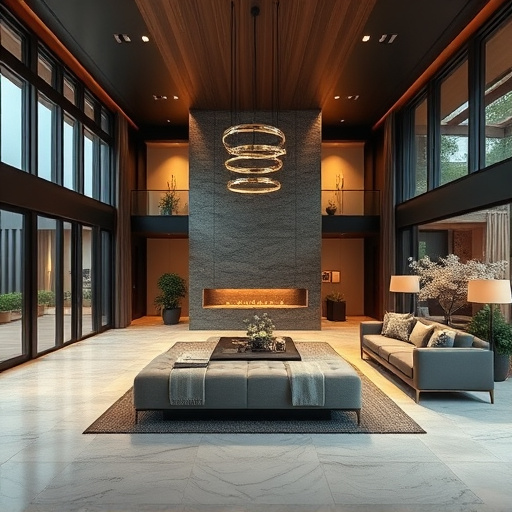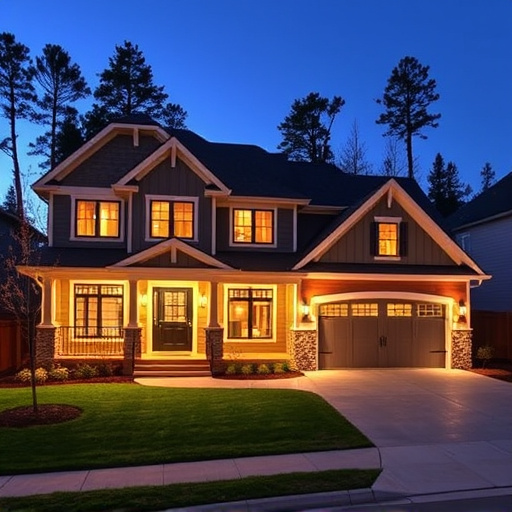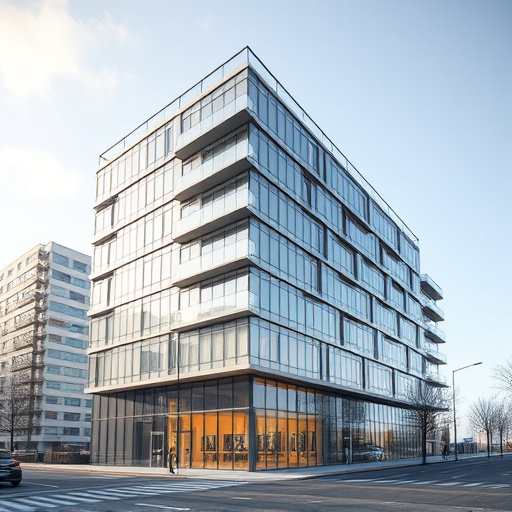The digital revolution has transformed construction design, leveraging tools like 3D modeling, virtual reality, BIM, green building materials, and IoT for enhanced efficiency, sustainability, and customization. Smart Cities integrate technology with urban planning, featuring smart traffic management, energy-efficient buildings, and AI-driven design tools that cater to contemporary city needs. These advancements optimize every stage of construction, from planning to renovations, ensuring both aesthetic and environmental considerations in global construction design.
Technology is reshaping the construction industry, transforming traditional design and development processes. From digital tools to sustainable practices, modern innovations are revolutionizing how we build our cities. This article explores three key areas: how technology emerges as a game-changer in construction design, its positive environmental impact through sustainable practices, and the integration of tech into urban planning for smarter cities. Discover how these advancements are paving the way for more efficient, eco-friendly, and innovative construction projects worldwide.
- Revolutionizing Construction Design: Digital Tools Emerge
- Sustainable Practices: Tech's Green Impact on Construction
- Smart Cities: Integrating Technology into Urban Design
Revolutionizing Construction Design: Digital Tools Emerge
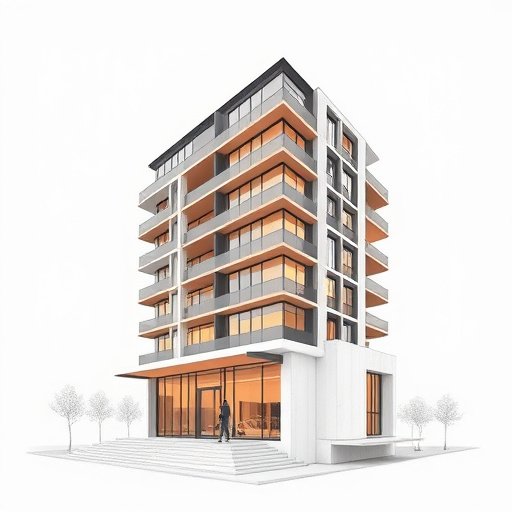
The digital revolution has undoubtedly left its mark on the construction industry, bringing about a paradigm shift in how we approach and execute construction design. Traditional methods are being replaced by innovative digital tools that offer unprecedented precision, efficiency, and creativity. These advanced technologies are not just enhancing the planning phase but also transforming the entire construction process, from conception to completion.
Architects, designers, and contractors are now leveraging powerful software for 3D modeling, virtual reality (VR) visualization, and building information modeling (BIM). Such tools enable them to create detailed digital representations of structures, making it easier to identify potential issues early on and facilitating better communication among project stakeholders. Moreover, these digital innovations extend their benefits beyond new construction, as they also play a pivotal role in popular renovation services like bathroom renovations and interior painting, allowing for more accurate cost estimations and smoother project management.
Sustainable Practices: Tech's Green Impact on Construction
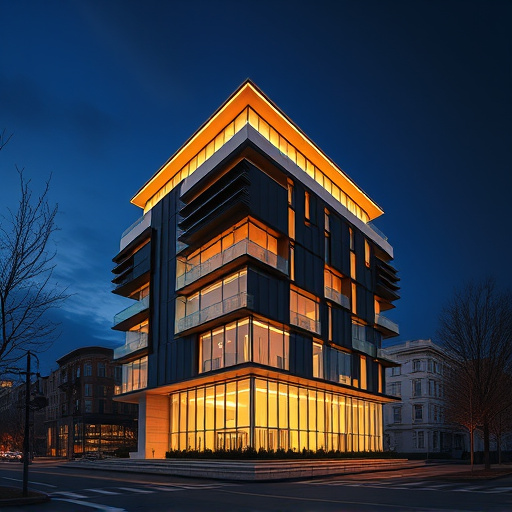
Technology has brought about a significant shift in construction design, promoting sustainable practices that benefit both the environment and the industry. Green building materials and energy-efficient systems are now integrated into modern construction, thanks to technological advancements. These innovations range from smart insulation that optimizes temperature control to solar panels and green roofs that reduce a structure’s carbon footprint.
In the realm of home renovation and home additions, technology enables designers and builders to create customized homes with enhanced sustainability. Advanced modeling software allows for precise planning, minimizing waste and maximizing resource efficiency. This digital approach ensures that every aspect of construction design is optimized for both aesthetics and eco-friendliness, reflecting a growing global consciousness for sustainable living.
Smart Cities: Integrating Technology into Urban Design
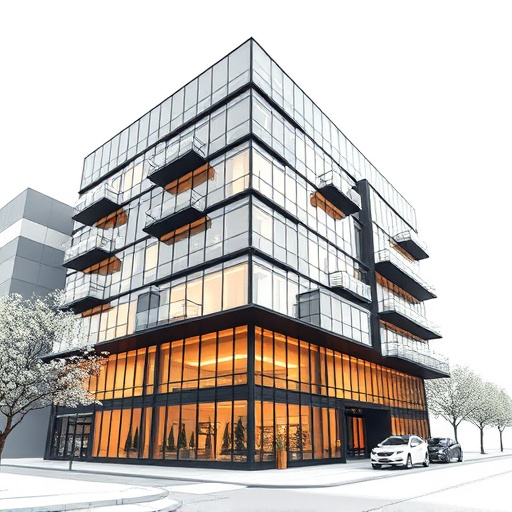
Smart Cities, an emerging concept, exemplify the seamless integration of technology with urban design, transforming how we envision and create modern construction design. By leveraging IoT (Internet of Things) devices, data analytics, and cloud computing, cities can become more efficient, sustainable, and livable. For instance, smart traffic management systems optimize vehicle flow, reducing congestion and carbon emissions. Similarly, energy-efficient buildings, enabled by advanced automation and renewable energy sources, contribute to a greener urban landscape.
This technological revolution extends beyond the digital realm; it permeates various construction design aspects. Customized work, from exterior painting to bathroom renovations, can be facilitated by AI-driven design tools that offer precision and efficiency. These innovations not only enhance the aesthetic appeal of structures but also ensure structural integrity and longevity, aligning with the evolving needs of modern cities.
Technology has fundamentally transformed the landscape of modern construction design, from enhancing efficiency and sustainability practices to fostering smarter urban environments. Digital tools have revolutionized the way projects are planned and executed, while embracing sustainable practices has become paramount in the industry’s evolution. As we look towards the future, integrating technology into urban design will be crucial in creating vibrant, efficient, and eco-friendly smart cities that cater to our ever-growing needs.
